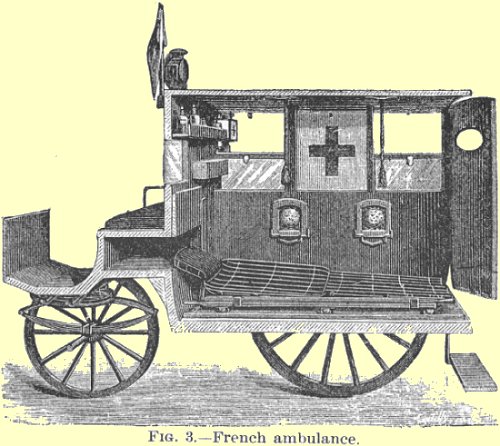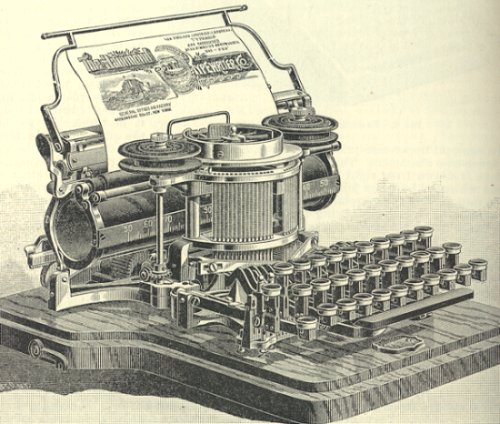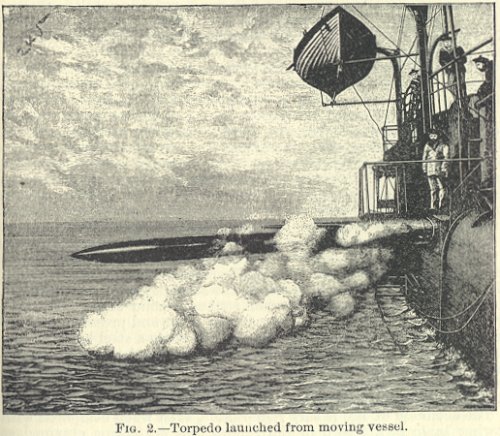Thinking About 1892
Today, we visit 1892. The University of Houston's College of Engineering presents this series about the machines that make our civilization run, and the people whose ingenuity created them.
One of the hardest things to do, when we look at the past, is to form an accurate picture of what life was like at any particular time. For example, every movie about ancient Rome shows nobles on horses, using stirrups. But the Romans didn't have stirrups.
So, what was it like to ride a horse during Julius Caesar's time. Or what did people eat and wear? Where did they go to the bathroom? How many people could read? Most of that's documented; but few of us have put it together in our minds. Most of us are stuck with movie sets when we try to picture life in ancient Rome.
That came home to me as I looked at a far more recent time. I've been reading an 1892 Cyclopaedia of Applied Mechanics. I thought I knew the 1890s pretty well, but even this held surprises.
 An illustration in the section on carriages shows a new horse-drawn French ambulance. The coachman sat in the open air in front of a boxlike enclosure. It was lit by windows, and had a shelf for gauze and dressings. The wicker stretcher cushioned the patient from a jolting ride over cobblestones. We see the symbol of the then-28-year-old Red Cross organization.
An illustration in the section on carriages shows a new horse-drawn French ambulance. The coachman sat in the open air in front of a boxlike enclosure. It was lit by windows, and had a shelf for gauze and dressings. The wicker stretcher cushioned the patient from a jolting ride over cobblestones. We see the symbol of the then-28-year-old Red Cross organization.
A section on bicycles stresses the new ball bearings, wire spokes, and rudimentary tires. A much longer section treats electric rail systems, which'd been operating less than a decade. Electric trolleys had just put cable cars out of business. Now they were doing what bicycles could not do, going beyond cities to create early bedroom communities.
The book says a lot about electric motors. The dynamo was coming into use as a motor-generator set where the motor was a steam engine. But most of the new electric motors were served by power lines from central electric power plants -- the same wires that drove those trolleys.
Sewing machines were revolutionizing domestic life and they get a lot of attention. They were all run by thin leather belts, connected to a foot treadle. No electrical assistance here, nor was there any in the very-new hand-cranked phonograph machines. The book shows very rudimentary typewriters. No common form had yet emerged. This was a world in flux.
Sections on ordnance reflect a fascination with large steel-based industry. They practically salivate over the big iron guns of the Krupp factories. Torpedo boats also get special attention as new instruments of war.
If you and I were placed in that radically changing world with a complete knowledge of cultural history, we'd be able to identify the date within a year or two. It would be that distinctive.
But none of us has such knowledge. The past blurs in our minds. When did I first see a color TV or first wear polyester? The past blurs. And, if you or I suddenly found ourselves back as far in time as ancient Rome, we would have a hard time guessing the date within five hundred years.
I'm John Lienhard, at the University of Houston, where we're interested in the way inventive minds work.
(Theme music)
Appleton's Cyclopaedia of Applied Mechanics. (Park Benjamin, ed.) New York: D. Appleton and Company, 1892.

Hammond Typewriter
